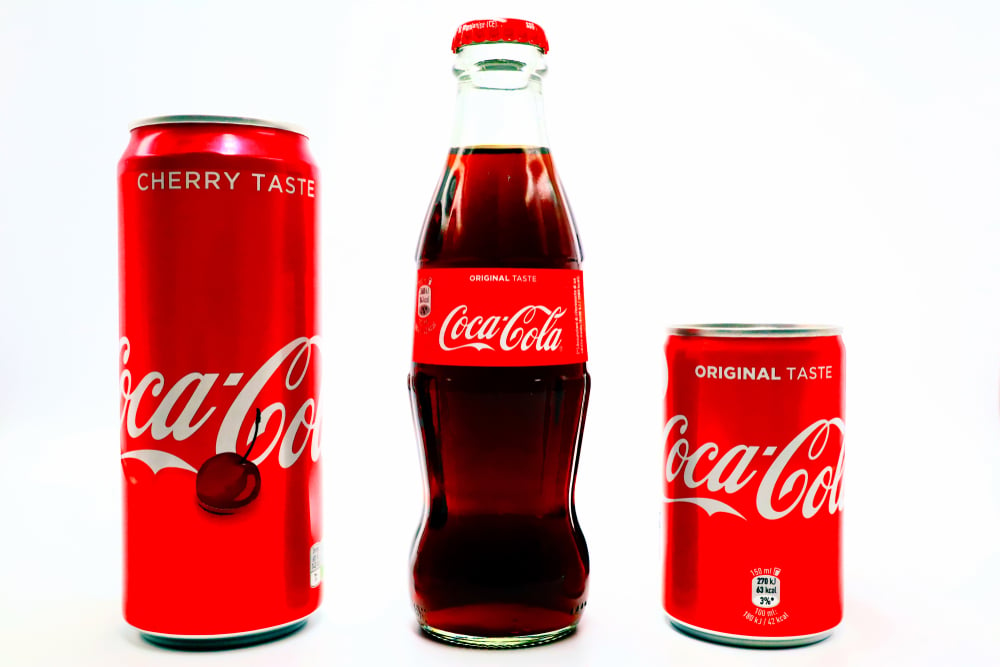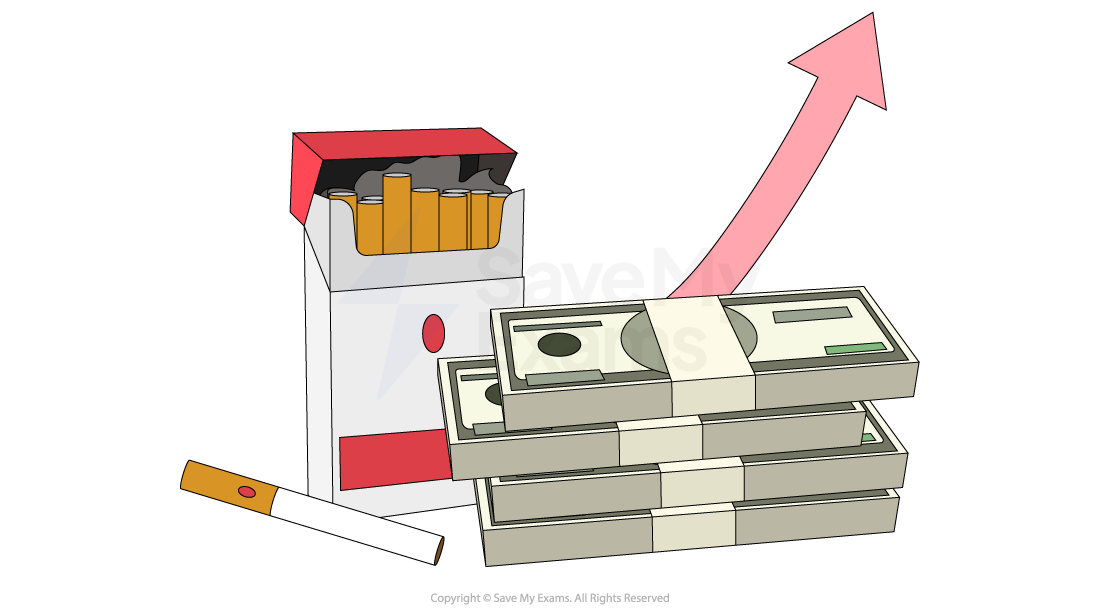Syllabus Edition
First teaching 2025
First exams 2027
The Significance of PED for Different Stakeholders (Cambridge (CIE) IGCSE Economics): Revision Note
Exam code: 0455 & 0987
Consumers and firms
Understanding price elasticity of demand (PED) is essential for analysing how consumers, firms, workers, and governments respond to changes in price
By applying knowledge of PED, economic agents can make more informed and effective choices
Consumers and PED
Understanding PED helps consumers make better purchasing decisions, especially in price-sensitive situations
When demand for a product is elastic, consumers can easily switch to substitutes when the price rises
When demand is inelastic, there may be fewer alternatives (e.g. essential medicine or utilities), so consumers must pay even if the price increases
Informed consumers can adjust their spending by identifying products where price changes will affect their overall budget more significantly
For example, a consumer in Panama may reduce consumption of imported apples when prices rise, but not cut back on beans, which are more price inelastic
Firms and PED
Firms use PED to decide pricing strategies that maximise revenue and profits
If demand is price inelastic, a price increase will lead to higher total revenue
(TR rises even if fewer units are sold)
If demand is price elastic, a price decrease can increase total revenue by attracting more customers.
Firms may also use price discrimination: charging higher prices to inelastic segments (e.g. peak train tickets) and lower prices to elastic ones (e.g. student discounts)
Case Study
Coca-Cola’s “Mini-can” strategy in the United States
Context
In the early 2010s, Coca-Cola noticed a drop in soft drink sales in the United States. Health-conscious consumers were becoming more price- and calorie-sensitive, especially in response to rising concerns about sugar and obesity. Standard-sized cans were facing falling demand
Using PED knowledge
Coca-Cola recognised that demand for sugary drinks had become more price elastic — consumers were more responsive to price changes and increasingly switched to alternatives like bottled water or fruit juices
Instead of simply lowering the price, Coca-Cola introduced smaller “mini-cans” (7.5 oz) at a higher price per litre than the regular size.

This pricing strategy used PED insights to
Appeal to health-conscious buyers (lower calories)
Retain brand perception as a premium product
Increase total revenue despite selling less volume
The outcome
The mini-can campaign was a success
Sales volume stabilised, especially among younger consumers
Revenue per can increased, as consumers were willing to pay a higher price for smaller, more health-aligned products
Coca-Cola strengthened its position in a market where demand was becoming increasingly elastic
Why it worked
By understanding that demand had shifted from relatively inelastic to more elastic, Coca-Cola adapted its product and pricing to match consumer responsiveness — a textbook application of PED analysis
Workers and governments
Workers
Workers may use PED knowledge when choosing which industries to work in or when negotiating wages
Industries producing price inelastic goods (e.g., electricity, fuel) tend to have more stable employment and revenue
Workers in sectors with price elastic demand (e.g., luxury fashion, entertainment) may face more uncertainty, as demand drops sharply with price increases
Trade unions may use PED data to argue that wage increases won’t reduce demand for labour, particularly in inelastic sectors
For example, a software developer may choose employment in the cloud computing industry (relatively inelastic demand) rather than mobile gaming (more elastic and volatile)
Governments
Governments use PED to design effective taxation and subsidy policies
For taxation:
Taxing price inelastic goods (e.g. petrol, tobacco) generates high revenue with minimal reduction in consumption
Consumers bear most of the tax burden as they are less responsive to price changes
For subsidies:
Subsidising price elastic goods (e.g. solar panels, public transport) can cause a greater than proportional increase in demand, encouraging wider use
PED also informs regulation, such as whether a product should face price controls or income support (e.g., staple foods)
Case Study
Colombia’s cigarette tax and price inelastic demand
Context
In 2016, the Colombian government introduced a significant tax increase on cigarettes, doubling the excise tax as part of a wider effort to reduce smoking rates and increase public health funding. The move was also designed to boost government revenue

Using PED knowledge
The government recognised that cigarettes are price inelastic in demand. People who smoke tend to be addicted and continue to buy them even if prices rise
This meant a higher tax would not reduce sales drastically, but it would increase the amount consumers spent
The majority of the tax burden would fall on the consumer, and firms could pass on the tax without losing significant demand
The outcome
Tobacco tax revenue rose by over 50% in the first year following the increase
Smoking rates fell slightly, but not significantly — confirming the inelastic nature of demand
The government used the extra revenue to fund healthcare programmes, including campaigns to discourage youth smoking

Unlock more, it's free!
Did this page help you?